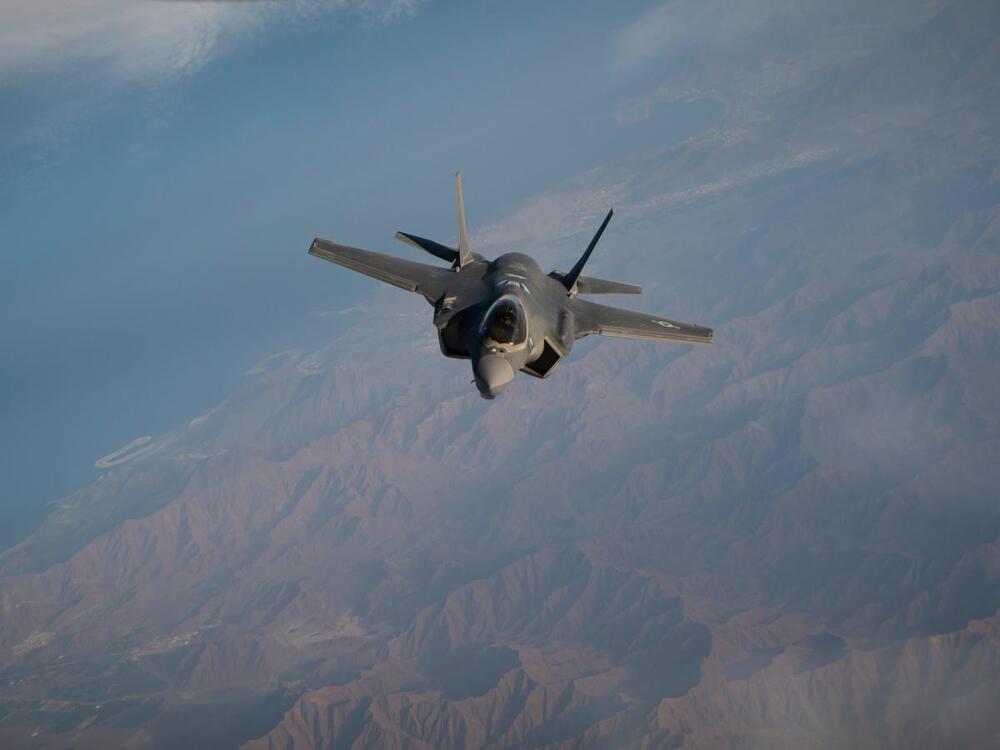Dr. Robert Floyd, Ph.D. is Executive Secretary of the Comprehensive Nuclear-Test-Ban Treaty Organization (CTBTO — https://www.ctbto.org/), the organization tasked with building up the verification regime of the Comprehensive Nuclear-Test-Ban Treaty, a multilateral treaty opened for signature in 1996 by which states agree to ban all nuclear explosions in all environments, for military or civilian purposes.
Prior to joining CTBTO, Dr. Floyd was the Director General of the Australian Safeguards and Non-proliferation Office (ASNO), where he was responsible for Australia’s implementation of and compliance with various international treaties and conventions including the Comprehensive Nuclear-Test-Ban Treaty, Nuclear Non-Proliferation Treaty, Convention on the Physical Protection of Nuclear Material (CPPNM) and the Chemical Weapons Convention.
During his time as Director General of ASNO, Dr. Floyd also chaired the advisory group to the Director General of the International Atomic Energy Agency on safeguards implementation (SAGSI), co-chaired the Preparatory Committee for the review of the amended CPPNM, co-chaired one of the working groups of the International Partnership for Nuclear Disarmament Verification, was the lead official for Australia in the Nuclear Security Summit process, and chaired the Asia-Pacific Safeguards Network.
Prior to his appointment with ASNO, Dr. Floyd served for more than seven years in the Department of the Prime Minister and Cabinet where he held a number of senior executive positions providing advice to the Prime Minister on policy issues covering counter-terrorism, counter-proliferation, emergency management, and homeland and border security.
Dr. Floyd was awarded a commemorative medal on the 30th anniversary of Kazakhstan’s independence in recognition of the strong and enduring partnership between the CTBTO and Kazakhstan on nuclear non-proliferation, disarmament, peace, and security. Dr. Floyd also received the Australian Nuclear Association (ANA) award for 2021 in recognition of his outstanding leadership role as Director General of the ASNO.
With a Ph.D. in population ecology, Dr. Floyd spent the first 20 years of his career as a research scientist with the Commonwealth Scientific and Industrial Research Organization (CSIRO).





